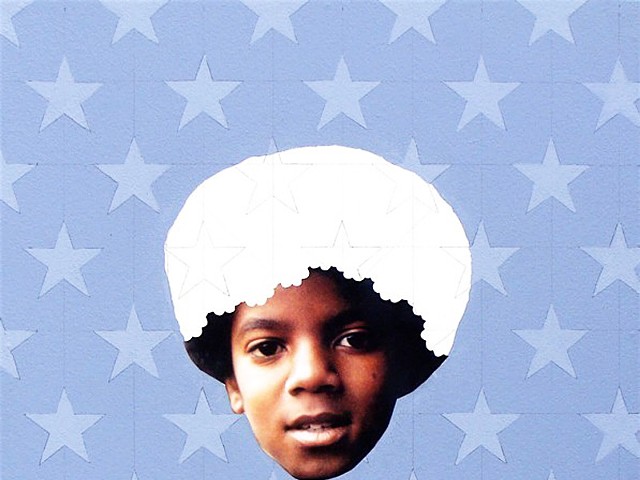Marilyn Campbell and Curt Columbus gamble with fate by lopping off the first few hundred pages of Fyodor Dostoyevsky's Crime and Punishment and beginning their play after Raskolnikov (Jimmy King, in the performance of the year thus far) has already killed the pawnbroker Alyona and her sister Lizaveta (both played truly by Amy Landon). Dostoyevsky, a terrible and terribly compulsive gambler himself, would approve of the risk, especially since the decision yields such rich rewards in this Repertory Theatre of St. Louis Studio Theatre production.
In his cramped quarters, the major features of which are a welter of wooden chairs that climb precariously toward the ceiling and a woodsman's ax that's stuck blade-deep in the wall at eye level, Raskolnikov attempts to think his way out of his predicament and himself. Vainly, he tells himself that killing the pawnbroker and robbing her means he can spread good throughout the world. He can repay his destitute mother; he can save the whore, Sonia (London again, still magnificently honest and direct), and her starving siblings; he can start a new life. But he does none of those things, as he is wracked by guilt the likes of which only Dostoyevsky could carve from the granite bedrock of his own soul.
Time fugues constantly for poor Raskolnikov, simple questions send him yawing back to the past, which we see played out onstage as the present, and then the question is asked again and he answers. And we know then that only an instant has passed for him, but eternity looms before Raskolnikov.
Inspector Porfiry (Triney Sandoval) hectors Raskolnikov with friendly questions about his life and about the murder. Sandoval is ebulliently persistent in this latter line, obsessed with an article Raskolnikov wrote when he was a student. This article promulgated that great men such as Napoleon and Isaac Newton were criminals — one has to break the laws to change the world, and the killing of a few people for the betterment of thousands is more than an even exchange. Of course, Newton's shockingly small body count in the development of the calculus proves Raskolnikov may not be the most stable table in the house.
Slowly, this fact dawns on Raskolnikov as well. Porfiry cheerfully delivers his own theory of the crime: that the killer is a different sort of man, and that the murderer is "tangled up in himself"— much like Raskolnikov's chair pile. They're obviously a mess, but no one ever asks him why he has all those chairs jumbled up in the corner of his small room; perhaps no one but Raskolnikov knows they're there.
Two knockout punches are delivered late in the evening. Raskolnikov pummels himself with a flurry of sledgehammer blows in his monologue about Man wanting desperately to live even in horrible conditions — "Man is a disgusting creature," he soberly intones at the end, and the light in his eyes dies slowly. Sonia jabs Raskolnikov lethally with a simple statement: "You don't know why you killed them," and the lights come back on in Raskolnikov's eyes.
These twin forces of self-loathing and a pure and bright guilt are Raskolnikov's succor, and the only path to redemption — and they are Dostoyevsky's way and his light in the dark.





